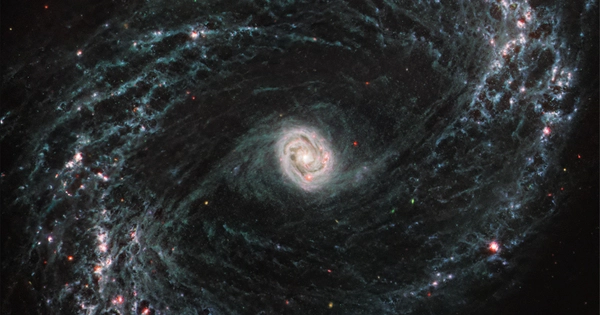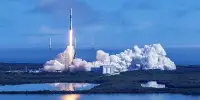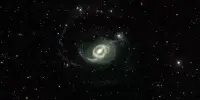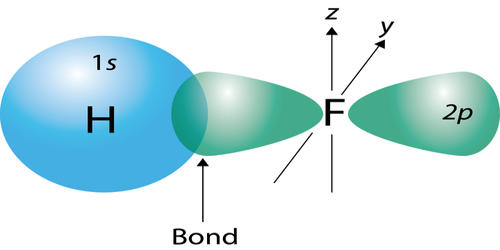Supernovae are some of the most energetic events in the universe. They occur when a star exhausts all of its nuclear fuel and can no longer support its own weight, causing it to collapse and explode in a catastrophic burst of energy. This explosion can briefly outshine entire galaxies and release as much energy as the Sun will emit over its entire lifetime.
One of the first observations made by NASA’s James Webb Space Telescope in June 2022 was of a Wolf-Rayet star, which is among the most luminous, massive, and briefly detectable stars known. Webb’s powerful infrared instruments reveal unprecedented detail about the star WR 124. The star is located in the constellation Sagittarius, 15,000 light-years away.
Massive stars race through their lifecycles, and only a small percentage of them go through a brief Wolf-Rayet phase before exploding, making Webb’s detailed observations of this uncommon phase valuable to astronomers. Wolf-Rayet stars are shedding their outer layers, resulting in their distinctive halos of gas and dust. WR 124 is 30 times the mass of the Sun and has so far shed 10 Suns’ worth of material. As the ejected gas cools and moves away from the star, cosmic dust forms and glows in infrared light, which Webb can detect.
Wolf-Rayet stars are shedding their outer layers, resulting in their distinctive halos of gas and dust. WR 124 is 30 times the mass of the Sun and has so far shed 10 Suns’ worth of material.
Astronomers are very interested in the origin of cosmic dust that can survive a supernova blast and contribute to the universe’s overall “dust budget” for a variety of reasons. Dust is essential to the functioning of the universe: it protects forming stars, collects to aid in the formation of planets, and serves as a platform for molecules to form and clump together, including the building blocks of life on Earth. Despite the many important roles that dust plays, there is still more dust in the universe than current dust-formation theories can account for. The universe is running a dust budget surplus.
Webb’s discovery opens up new avenues for studying details in cosmic dust, which is best seen at infrared wavelengths of light. The Near-Infrared Camera (NIRCam) on Webb’s telescope balances the brightness of WR 124’s stellar core with the intricate details in the fainter surrounding gas. The Mid-Infrared Instrument (MIRI) of the telescope reveals the clumpy structure of the ejected material’s gas and dust nebula now surrounding the star.
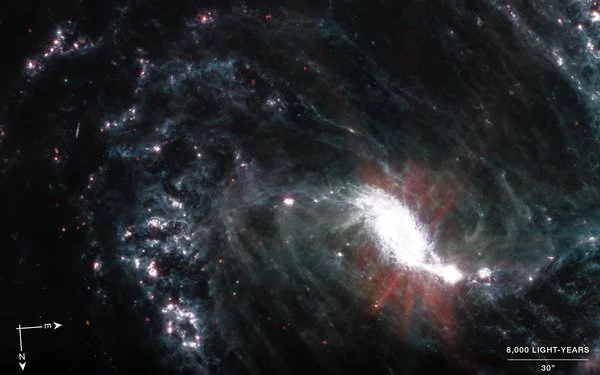
Prior to Webb, dust-loving astronomers simply lacked the detailed information needed to investigate questions about dust production in environments like WR 124, and whether the dust grains were large and plentiful enough to survive the supernova and contribute significantly to the overall dust budget. Those questions can now be investigated using actual data.
Stars like WR 124 also serve as analogs to help astronomers understand a critical period in the universe’s early history. Similar dying stars seeded the early universe with heavy elements forged in their cores – elements that are now common in the modern era, including on Earth.
Webb’s detailed image of WR 124 preserves forever a brief, turbulent time of transformation, and promises future discoveries that will reveal the long-shrouded mysteries of cosmic dust.
The James Webb Space Telescope (JWST) is a next-generation space observatory designed to study some of the most distant and ancient objects in the universe, including the first galaxies that formed after the Big Bang. Its powerful instruments will allow astronomers to study the universe in unprecedented detail, and it is scheduled to launch in 2021.
